The Manifold Absolute Pressure (MAP) sensor is a crucial component in modern vehicles. It plays an essential role in the engine management system by measuring the pressure within the intake manifold. This information helps the engine control unit (ECU) determine the optimal air-fuel mixture for combustion, impacting overall performance and efficiency. When the MAP sensor malfunctions, it can lead to various symptoms that affect your vehicle’s operation. In this article, we’ll explore ten common symptoms of potential issues related to the MAP sensor.
Understanding the Role of the MAP Sensor
Importance of the MAP Sensor
The MAP sensor provides critical data about the absolute pressure inside the intake manifold. This information allows the ECU to calculate the engine’s load and make necessary adjustments to the fuel injection and ignition timing. A properly functioning MAP sensor contributes to optimal engine performance, fuel efficiency, and reduced emissions.
How the MAP Sensor Works
The MAP sensor operates based on the principle of pressure measurement. It detects changes in the manifold pressure caused by engine load and throttle position. As the driver accelerates or decelerates, the manifold pressure fluctuates. The MAP sensor translates this pressure into an electrical signal that the ECU can read. This signal plays a vital role in maintaining the engine’s fuel mixture and overall performance.
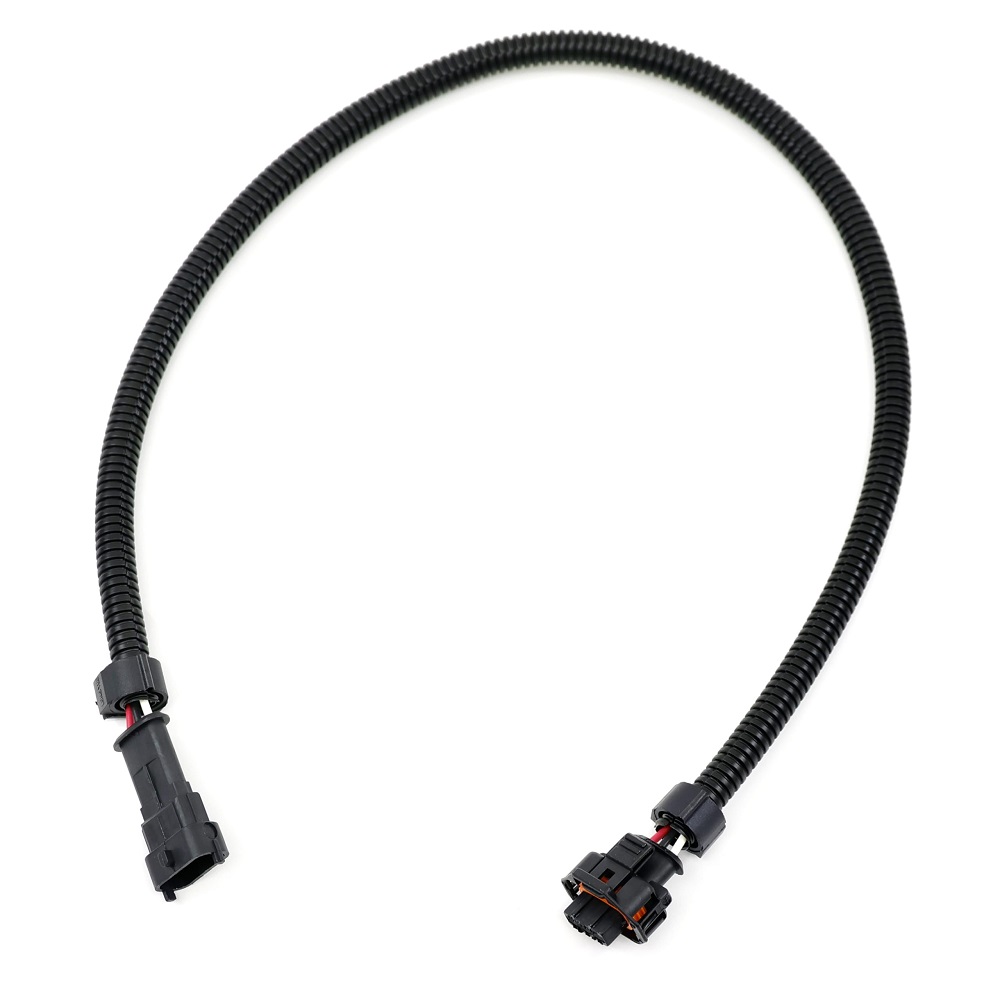
Common Symptoms of MAP Sensor Issues
1. Poor Engine Performance
One of the first symptoms of a failing MAP sensor is poor engine performance. If the sensor inaccurately reports manifold pressure, the ECU may not adjust fuel delivery correctly, leading to suboptimal combustion. Drivers may notice a lack of power during acceleration, hesitation, or difficulty maintaining speed on inclines.
This poor performance can be particularly noticeable during rapid changes in throttle position. You may observe that your vehicle struggles to accelerate as expected, leaving you feeling frustrated. Addressing any issues with the MAP sensor can help restore your vehicle’s performance and drivability.
2. Reduced Fuel Efficiency
Another indicator of a problematic MAP sensor is reduced fuel efficiency. If the MAP sensor provides incorrect data, the ECU may deliver too much or too little fuel to the engine. An overly rich fuel mixture can lead to excessive fuel consumption, while a lean mixture can cause the engine to work harder, both of which can decrease your miles per gallon.
This reduction in efficiency can lead to increased fueling costs and a higher carbon footprint. If you find yourself refueling more often or noticing that your fuel expenses have significantly risen, it may be time to check the MAP sensor and related components.
3. Engine Misfires
Engine misfires can occur when the MAP sensor fails to provide accurate pressure readings. Misfires happen when combustion does not occur in one or more cylinders, leading to rough engine performance. Drivers may experience a sudden loss of power or hear unusual sounds from the engine, such as popping or coughing.
This issue can be alarming and may trigger the check engine light. If you suspect that your vehicle is misfiring, it’s crucial to address the MAP sensor issue promptly. Ignoring these symptoms could lead to more significant engine damage over time.
4. Stalling and Rough Idle
If you experience stalling or rough idling, this could indicate a malfunctioning MAP sensor. An incorrect pressure reading can cause fuel delivery issues, leading to an inconsistent air-fuel mixture. Stalling can occur when the engine struggles to maintain the correct power level, particularly at low speeds or during stops.
A rough idle often presents as an irregular engine speed while parked or stopped, resulting in shaking or vibrations. If your vehicle frequently stalls or idles poorly, it is essential to check the MAP sensor and ensure it operates correctly to prevent further complications.
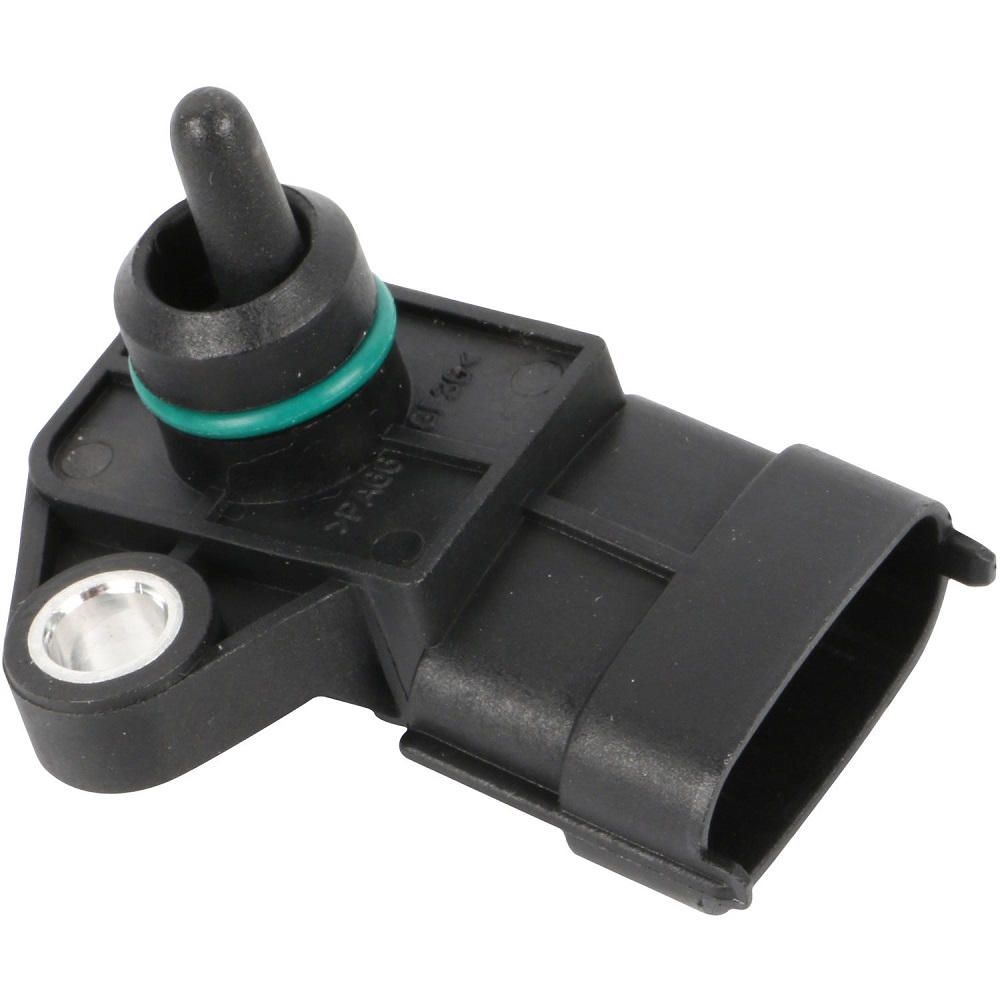
Diagnosis and Detection
5. Check Engine Light Activation
The check engine light is a warning indicator that alerts drivers to potential issues within the engine management system. If the MAP sensor malfunctions, the ECU may register a fault code, prompting the check engine light to illuminate.
When the check engine light comes on, it is wise to have your vehicle diagnosed to identify the root cause of the problem. Most automotive repair shops can use an OBD-II scanner to retrieve diagnostic trouble codes (DTCs), which can provide insights into whether the MAP sensor is the issue. Ignoring the check engine light can lead to more severe engine problems later on.
6. Deteriorating Acceleration
Deteriorating acceleration is another symptom that may result from a failing MAP sensor. If the MAP sensor reports incorrect pressure readings to the ECU, the vehicle may struggle to accelerate as it typically would. Drivers may notice sluggish performance when pressing the accelerator pedal, resulting in a frustrating driving experience.
Inconsistent acceleration can occur intermittently or as a consistent issue. If you notice that your vehicle does not respond as it should during acceleration, it is worth investigating the MAP sensor’s condition.
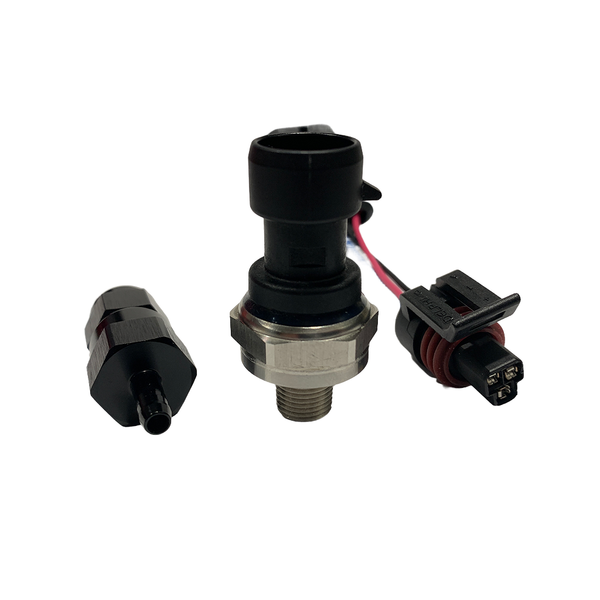
Mathematical Factors Affecting Performance
7. Emission Problems
Emissions problems can also arise from a failing MAP sensor. If the sensor provides inaccurate data, it can lead to an improper air-fuel mixture, resulting in elevated emissions during combustion. This situation can cause your vehicle to fail an emissions test or be less environmentally friendly.
A malfunctioning MAP sensor can produce excess carbon emissions, contributing to air pollution. Many regions enforce strict emissions regulations, so ensuring that your vehicle meets standards is essential for environmental responsibility. If you suspect emissions-related issues, consider addressing the MAP sensors before taking your vehicle for testing.
8. Increased Engine Temperature
Another potential issue related to a faulty MAP sensor is increased engine temperature. An improperly functioning sensor may lead to an incorrect air-fuel mixture, causing the engine to run hotter than normal. Elevated temperatures can increase the likelihood of engine damage and overheating, resulting in potential misfires and severe performance issues.
If you notice the temperature gauge rising or your engine feels unusually hot during operation, it is crucial to investigate the cause. Monitoring engine temperature closely and reacting promptly can help protect your motor from damage due to overheating.
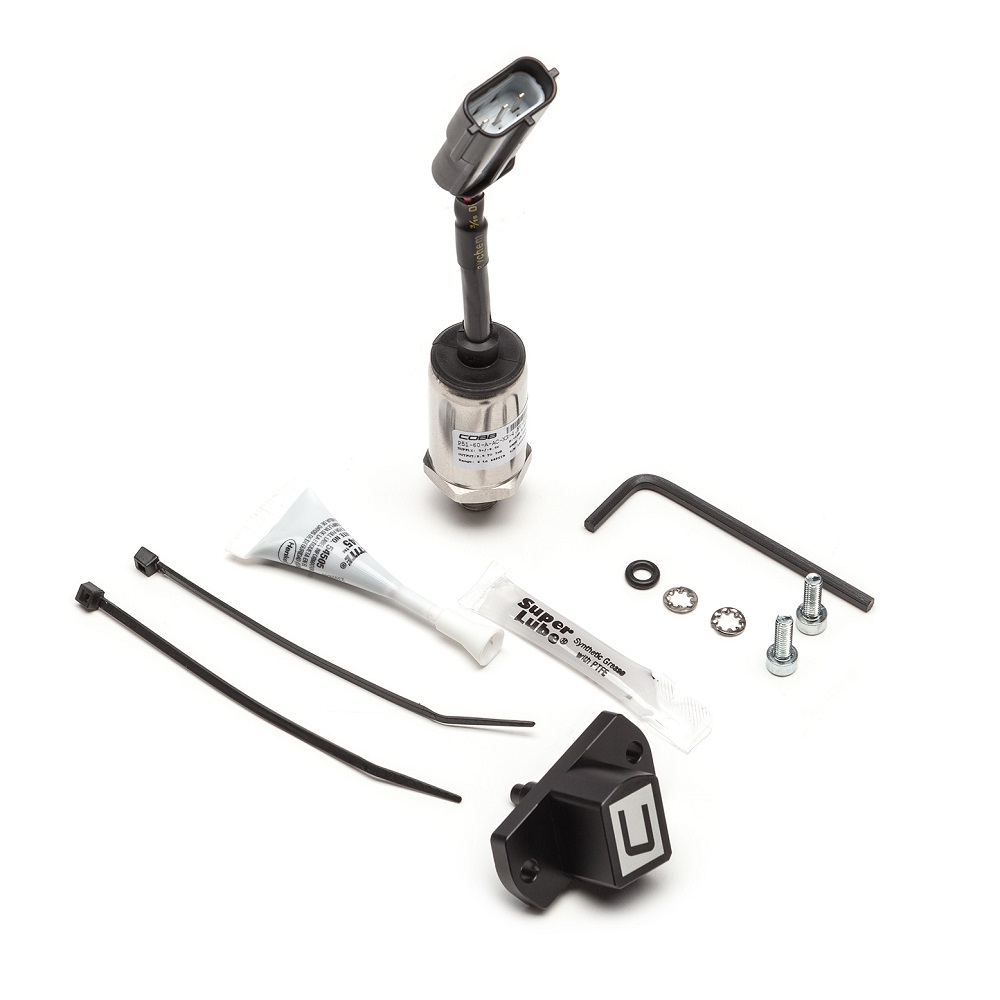
Solutions and Fixes
9. Cleaning or Replacing the MAP Sensors
Once the issue with the MAP sensor is diagnosed, the best course of action is to either clean or replace it as needed. In many cases, dirt and debris may accumulate on the sensor, affecting its ability to measure pressure accurately. Cleaning the sensor can sometimes restore its functionality, but if the issue persists, replacement is necessary.
When replacing the MAP sensor, it is vital to use high-quality parts that meet or exceed OEM (Original Equipment Manufacturer) specifications. Installing a proper sensor can significantly improve engine performance and reliability.
10. Regular Maintenance
Regular maintenance is essential for preventing issues related to the MAP sensor and other engine components. Routine checks of the fuel system, electrical connections, and sensor functionality can help catch potential problems early. Servicing your vehicle on a regular basis will keep it in optimal condition and can prevent many issues from occurring.
Work with a trusted mechanic to ensure your vehicle receives the necessary inspections. Keeping service records and following the recommended maintenance schedule will extend your vehicle’s lifespan, providing a safer and more enjoyable driving experience.
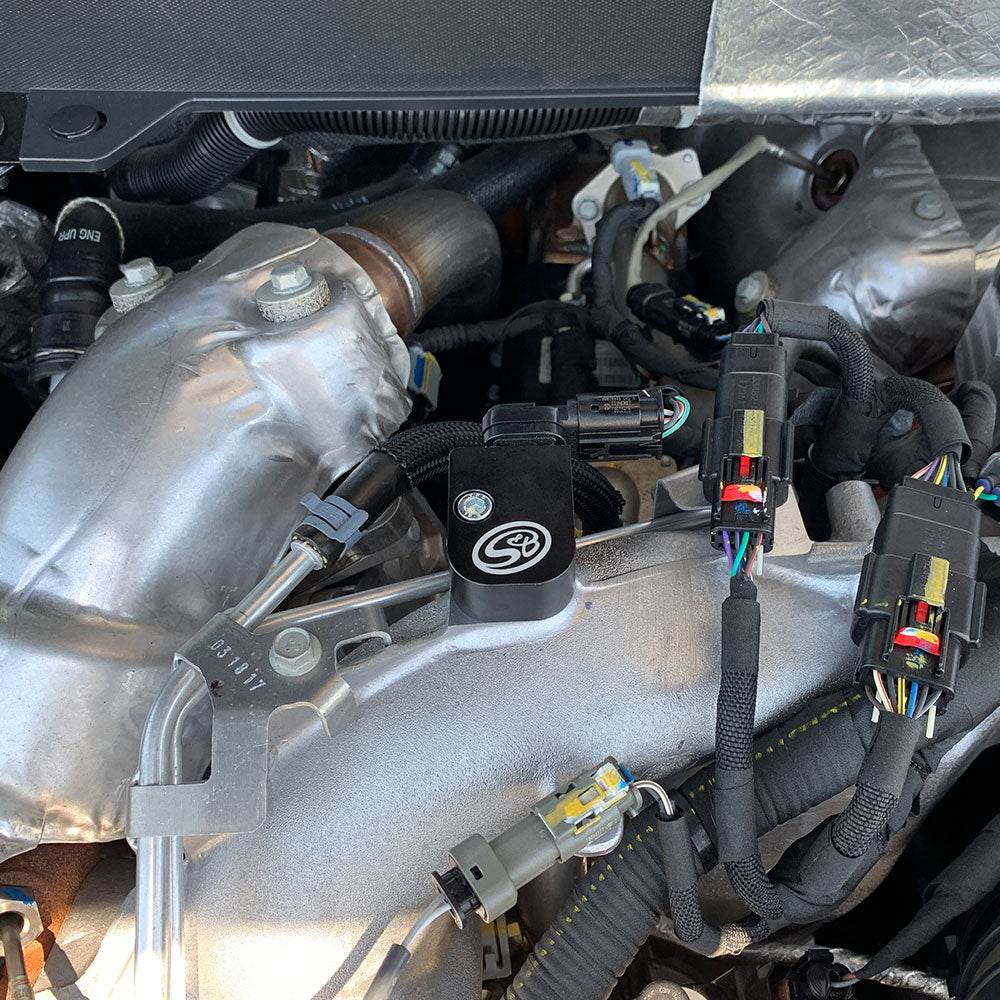
Getting Informed
11. Learning About Recall Notices
Staying informed about any recalls or manufacturer notices related to your vehicle model can also aid in addressing MAP sensor problems. Automakers may issue recalls for specific models with known issues, proactively preventing customers from facing malfunctions.
It is wise to check with local dealerships or the manufacturer’s website for recalls. This information can help you address potential issues before they escalate, ensuring peace of mind for both you and your vehicle.
12. Joining Online Forums and Communities
Engaging with online forums or communities related to vehicles can provide valuable insights into MAP sensors issues and solutions. Many enthusiasts share their experiences and knowledge, helping others troubleshoot similar problems. By joining these groups, you can learn from the shared experiences of others and stay informed about common issues that may arise with your vehicle model.
Participating in discussions can also help you gain a better understanding of potential modifications and upgrades that can enhance performance, including sensor improvements. This collective knowledge can empower you as a car owner to make better, more informed decisions regarding your vehicle’s maintenance and care.
Conclusion
Identifying Symptoms and Taking Action
In conclusion, the MAP sensor plays a crucial role in the functioning of your vehicle. When it malfunctions, various symptoms can arise, including poor engine performance, reduced fuel efficiency, and the check engine light activation. Recognizing these signs allows drivers to address issues promptly, preventing further complications and ensuring a smooth driving experience.
Proactive Maintenance for Optimal Performance
By embracing a proactive approach to vehicle maintenance, you can minimize the risks associated with MAP sensor issues. Regular inspections, quality repairs, and timely sensor replacements can keep your engine running efficiently and safeguard your investment in your vehicle.
With the right knowledge and commitment to maintenance, you can enjoy a reliable and enjoyable driving experience. Understanding the significance of each component, including the MAP sensor and its importance in engine performance, empowers you as a car owner to navigate the intricacies of vehicle care with confidence. Staying informed and engaged will lead to a long-lasting, high-performing vehicle that serves you well for years to come.
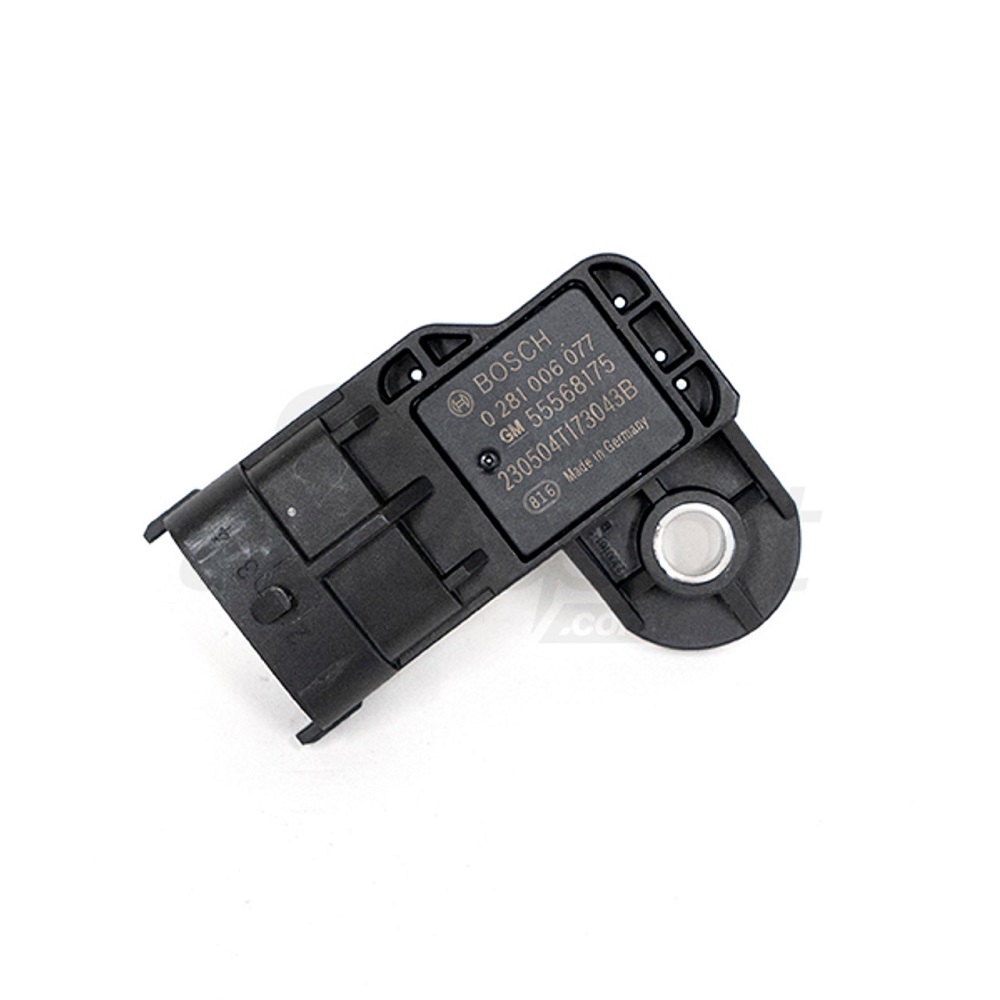
Leave a Reply